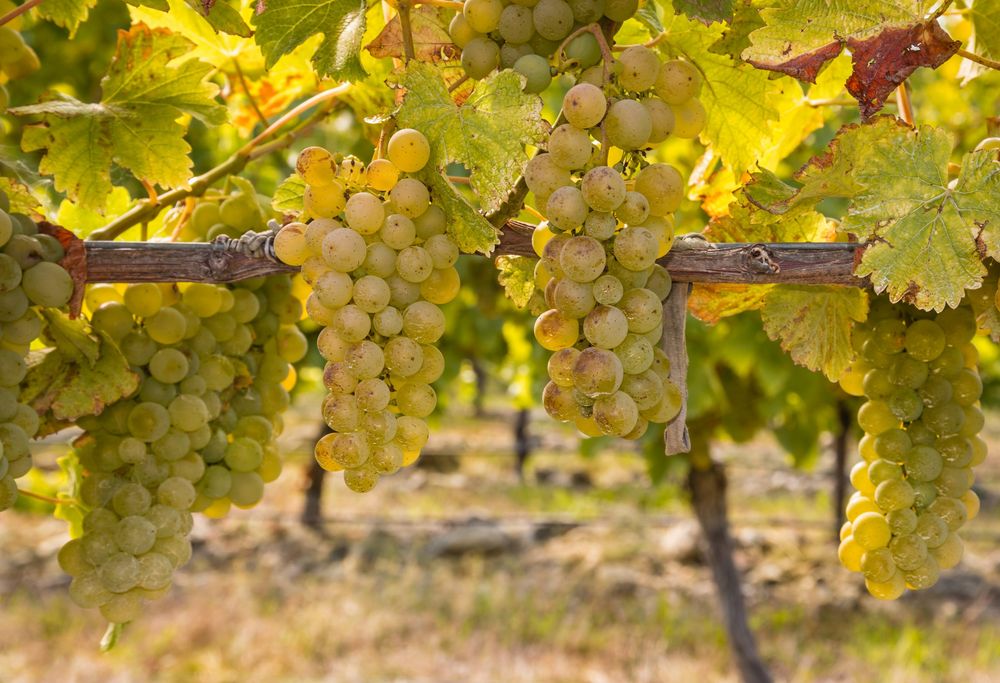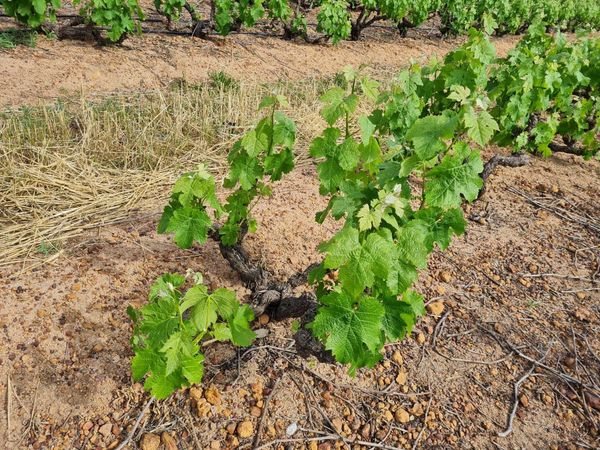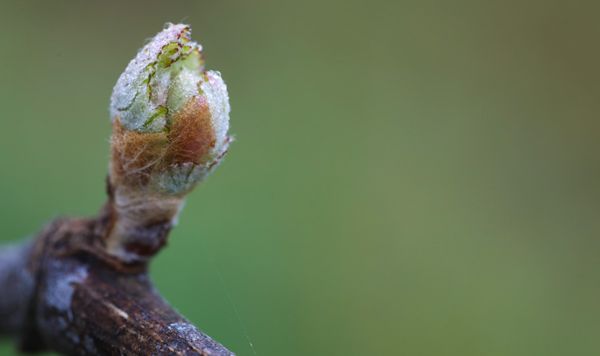Your essential guide to Chardonnay
It's a blank slate, a clean canvas, a neutral palate. One of the easiest and hardest grapes to coax into your favourite wine.
It is of course, Chardonnay.
Chardonnay is a white grape variety with a long history, starting in Burgundy. Today still, some of the most exquisite and expensive Chardonnays come from this French region. It is also one of only three varieties permitted to produce Champagne; the others being Pinot Noir and Pinot Meunier.
Let's take a closer look at this chameleon of a variety. How is it possible for one grape to offer such a variety of styles and flavours? The short answer? The winemaking techniques employed in crafting a glass of Chardonnay and also the climate where the grapes are grown.
Growing regions
Chardonnay can be grown in cool, moderate and warm regions, which is one of the leading contributors to it being one of the most widely grown grapes in the world.
Many Old and New World Chardonnays can be found in all climates and the grapes show very different characteristics in each.
In South Africa, Chardonnay is the 4th most grown white varietal, with a total of 7.2% of total grape plantings as of 2020.
The styles of Chardonnay
As you've read earlier, there are numerous styles (and shapes) of Chardonnay. Anything from a light, fresh, zesty mid-week tipple, a glass of sparkling wine or a serious creamy, buttery bomb, you are sure to find the style that works best for you.
Unoaked Chardonnays tend to be similar to a zesty style of Pinot Gris or even Sauvignon Blanc, although much less aromatic and with less green flavours (green pepper, asparagus, etc.).
Oaked Chardonnays, on the other hand, can be medium to full-bodied with flavours of vanilla, butter and even caramel complimented by citrus (cooler climate) or tropical fruit (warmer climate) flavours.
Sparkling wines made from Chardonnay are high in acidity and will have flavours of citrus, biscuit and brioche (to name a few).
Typical flavours and aromas of Chardonnay
Typically, Chardonnay is a dry, medium- to full-bodied wine with medium to high levels of acidity and alcohol. Unlike some of the more aromatic wines, such as Sauvignon Blanc, Chardonnay has no overly obvious characteristics and the flavours and aromas are very much style and region dependant.
Wines from cooler regions tend to show more green apple, citrus and pear flavours whereas warmer climate wines show more stone fruit (peach) and even mango and banana flavours.
If the wines were matured in oak you will find notes of butter, vanilla and caramel.
This is by no means an exhaustive list, and you are likely to discover many more flavours and aromas in your next glass.
Serving Chardonnay
As with all white wines, Chardonnay should be served chilled, which means between 9 ºC (lighter styles) and 12 ºC (fuller bodied styles).
Should the Chardonnay be served too cold, the wine could be described as 'closed' which simply means that the flavours and aromas are muted and difficult to identify. If you serve the wine too warm, the alcohol will taste hot and the flavours will be difficult to distinguish.
In the (unlikely) event that you do not finish off your bottle, you can replace the cork or cap and place it back in the fridge. The flavours should stay fresh for around 2-4 days after which the wine will start to oxidise and loose its freshness.
Chardonnay in South Africa
South African Chardonnays tend to display citrus (lemon, lime), marmalade, tropical fruit (melon, pineapple), butter, butterscotch, toffee, caramel, honey, spices (cloves, cinnamon), toast and nut (almond) flavours on the nose and palate - all dependant on the style that the winemaker strove to achieve.
I hope that you have learnt at least one interesting new fact about Chardonnay.
Thank you for reading! If you would like a list of suggestions for my pick of South African Chardonnay wines or need to find out where to buy these in the UK or South Africa, please leave a comment below or send me an email.
If you would like to receive these articles in your inbox, click on the subscribe button and send me your email address.
You can follow The Wine Dream on Instagram and Facebook for more photos, tasting notes and reviews.




